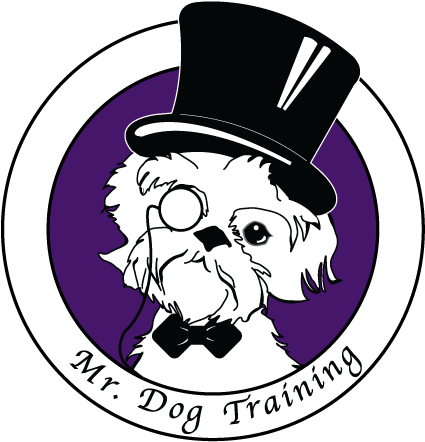Is it time for new dog breeds?
As a pet dog trainer, my job is to help dog guardians connect and communicate with their canine companions. A big part of that work is inspiring people to not only understand what drives their dogs behavior, but also how to meet their dogs needs, both mental and physical, so that their dog is a happy, fulfilled, and content companion, AKA, a “well behaved dog”.
In a world where time is a precious commodity, the demands of modern life often make it challenging for the average American to fulfill the needs of certain dog breeds bred for specific jobs resulting in an avalanche of “bad” and unwanted behaviors such as excessive barking, chewing, hyperactive behavior, separation and isolation distress, reactivity, and engagement seeking behaviors.
Historically, dogs were selectively bred to perform various tasks like herding, hunting, and guarding, to name a few. While these jobs shaped numerous beloved breeds, we must acknowledge that not every guardian can accommodate their unique requirements. Is it time to welcome the emergence of new dog breeds that are not bred for jobs, but rather as ideal companions for our fast-paced lifestyles?
Sit back and buckle up buttercup, let’s go for the ride as I entertain this thought…
Adapting to Modern Life
As a positive reinforcement dog trainer, I have had the opportunity to work with a wide range of breeds, each with their own set of strengths and needs. While the existing breeds excel in their designated roles, and can make amazing pets, it's crucial to recognize the evolving landscape of pet guardianship.
Today, the average American faces time constraints, demanding careers, and other responsibilities that limit their ability to meet the structured exercise and, more importantly, mental stimulation requirements of job-oriented breeds.
The result are dogs who are struggling because their needs aren’t being met, and, here’s our first bump on this ride, OBEDIENCE. ISNT. THE. ANSWER.
Companionship and Emotional Support
The need for a loving and affectionate companion is universal. Many people desire a dog primarily for companionship and emotional support. The number one “favorite thing” I hear from clients when they introduce themselves in a week one basic class, is that they “love snuggling their dog”.
However, traditional working breeds, such as Border Collies or German Shepherds, field retrievers, and many more, may have intense energy levels and high mental stimulation demands that surpass what most guardians can provide on a daily basis.
Enter the new generation of dog breeds, thoughtfully designed to suit the lives of busy individuals and families seeking an ideal balance between a satisfying connection and manageable commitments. Now this ride is getting crazy, right?
These breeds would be well-suited for a range of households, including apartments or smaller living spaces, and offer a level of companionship and emotional support without requiring the extensive exercise or mental stimulation needed by their working counterparts. This does not mean they would be living stuffed animals that could be left home alone for hours on end, never walked, never mentally stimulated, and only want to sit next to us and snuggle on the couch at the end of a long day. But instead companions, who are game for neighborhood walks, some fun and easy mental stimulation to keep their brains happy, and then a desire to relax, by our sides, as our Netflix and couch buddies.
That is not to say that there are not those dog guardian unicorns, who walk amongst us, who are able to provide those high drive working breeds with exactly what they need. These people do exist and I am lucky to have so many of them take classes with me, however there are those, myself included, who do not have the time, or drive ourselves, to provide those dogs with what they need to live a happy and fulfilled life.
While this is the wild and delusional ramblings of a somewhat eccentric and middle aged dog trainer, as our lives continue to evolve, it is essential to adapt our perceptions of dog breeds accordingly, and to make good choices about the breeds we welcome into our homes as well as have a realistic expectation, and honesty with ourselves, as to whether or not they are a good fit for our lifestyle.
The result could be happier, more content dogs, happier people, fewer dogs with anxiety, fewer dogs who are surrendered, fewer homeless dogs, fewer dogs with emotional baggage, fewer dogs on shock collars, fewer hyperactive dogs, fewer dogs with health issues, and more dogs living their BEST life.
I’d love to hear your thoughts on this topic!
Sara Sokol is owner of Mr. Dog Training in Brunswick Maine; A positive reinforcement dog training facility, offering both virtual and in person classes, that has been voted best training in Maine for 8 years in a row..
